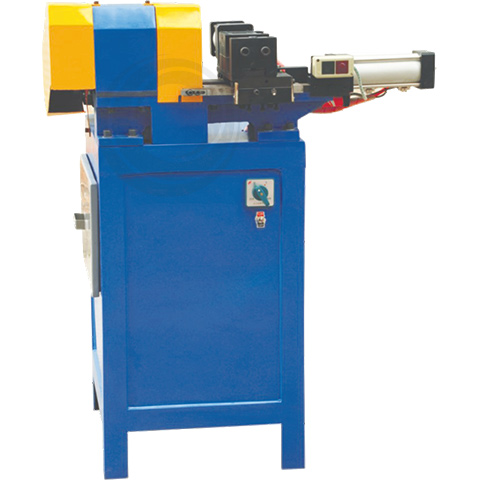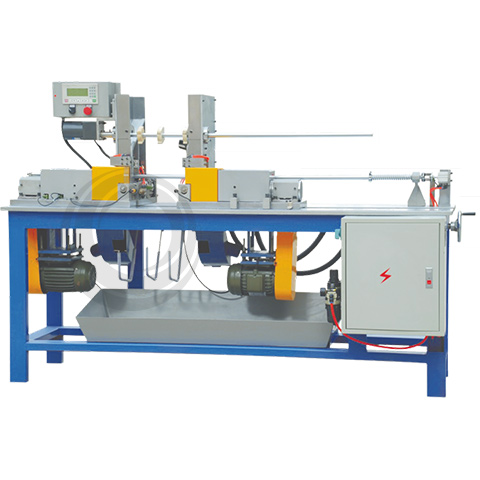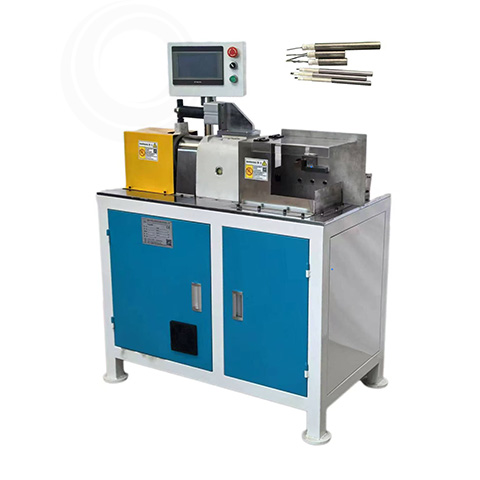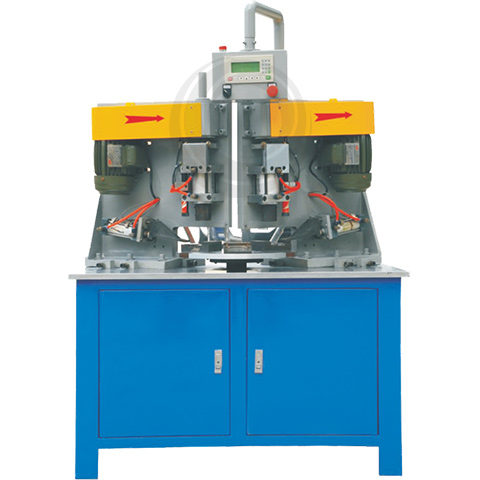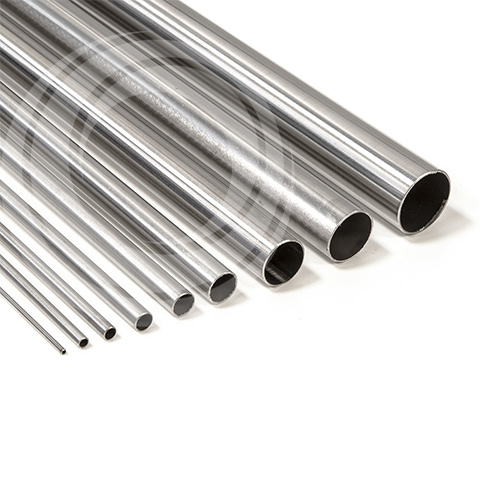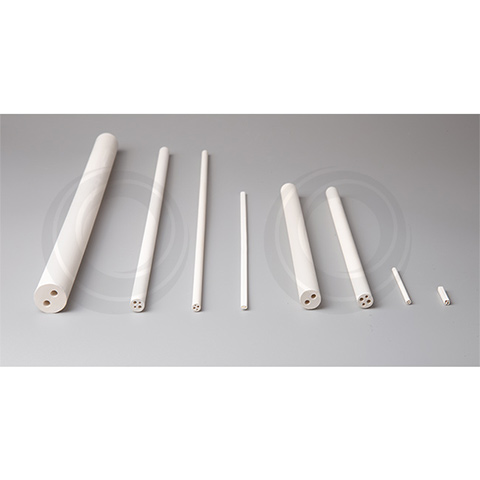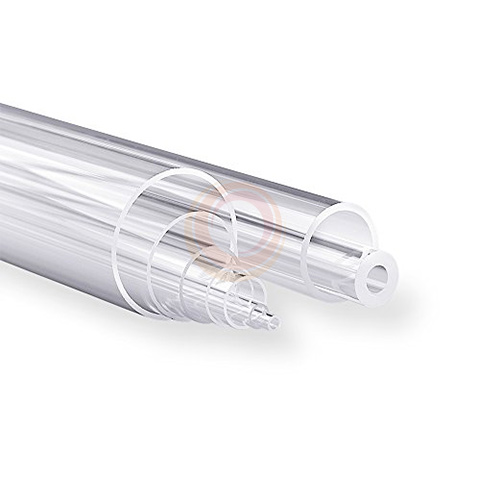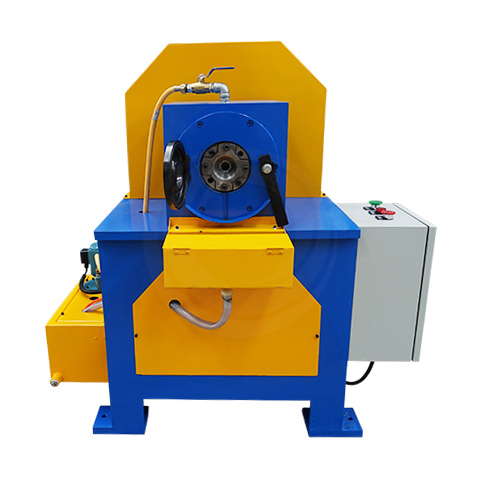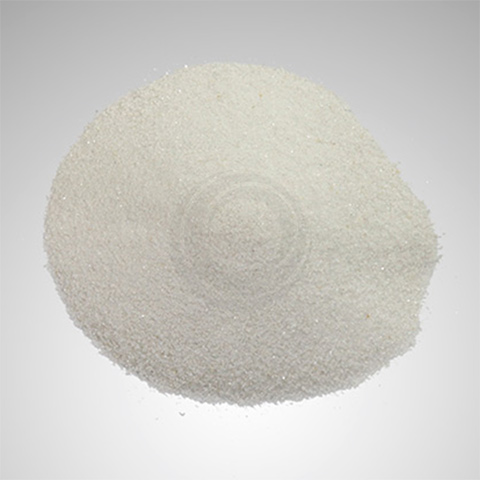Lathe
Lathes are mainly used for processing shafts, discs, sleeves and other workpieces with rotating surfaces, and are the most widely used machine tools in machinery manufacturing and repair factories, also known as working Machines. Rotary machining machines such as milling machines and drilling machines are drawn from lathes.
The Difference between Milling Machines and Lathes
A lathe makes cylindrical parts by rotating material on a stationary tool. Using a lathe to make parts is called turning. The material is fixed in a high-speed rotating tray - the rotating axis is called the C-axis. The tool of the lathe is mounted on the tool holder, which can be moved parallel to the C-axis (expressed as movement along the Z-axis) and perpendicular to the C-axis (movement along the X-axis). A milling machine holds the material in a fixture and cuts it with a rotary tool.
CNC Lathe Classification
CNC lathes can be divided into horizontal and vertical two categories. Horizontal Lathe has two kinds of horizontal guide rail and inclined guide rail. The higher grade CNC sleeper generally uses the inclined guide rail. According to the number of tool rest classification, it can be divided into single tool rest CNC lathe and double tool rest CNC lathe, the former is two-coordinate control, the latter is 4-coordinate control. Double tool carriage sleeping car mostly adopts inclined guide rail.
CNC lathes, like ordinary lathes, are also used to process the rotating surface of parts. Generally, it can automatically complete the processing of external cylinders, conical surfaces, spherical surfaces and threads, and can also process some complex rotary surfaces, such as hyperboloids. The workpiece installation method of lathe and ordinary lathe is basically the same, in order to improve processing efficiency, CNC lathe adopts hydraulic, pneumatic and electric chuck.
The shape of the CNC lathe is similar to that of the ordinary lathe, that is, it is composed of the bed, the headstock, the tool holder, the feed system, the pressure system, the cooling system and the lubrication system. The feed system of CNC lathe and ordinary lathe has a qualitative difference, the traditional ordinary lathe has a feed box and exchange gear frame, and the CNC lathe is directly driven by servo motor through the ball screw slide and tool holder to achieve feed movement, so the structure of the feed system is greatly simplified.
There are many kinds of CNC lathes and different specifications, which can be classified according to the following methods.
Classified by Lathe Spindle Position
- Vertical CNC lathe, it referred to as CNC vertical lathe, the lathe spindle perpendicular to the horizontal plane, a large diameter circular table, used to clamp the workpiece. This kind of machine tool is mainly used for processing large complex parts with large radial size and relatively small axial size.
- Horizontal CNC lathes, it is divided into CNC horizontal rail horizontal lathes and CNC inclined rail horizontal lathes. Its inclined guide structure allows the lathe to have greater rigidity and easy removal of chips.
Classified by Basic Type of Machined Parts
- Chucking CNC lathe, this kind of lathe has no tail seat and is suitable for turning disk (including short shaft) parts. The clamping method is mostly electric or hydraulic control, and the chuck structure has adjustable grippers or non-quenched grippers (that is, soft grippers).
- Center type CNC lathes, these lathes are equipped with ordinary tailstock or CNC tailstock and are suitable for turning long parts and disc parts with not too large diameter.
Classified by Number of Tool Holders
- CNC lathes with single tool holder, CNC lathes are generally configured with various forms of single tool holder, such as four-station horizontal rotating tool holder or multi-station turret automatic rotating tool holder
- CNC lathes with double tool holder, this kind of lathe is parallel, but also can be vertical distribution.
Classified by Function
- Economical CNC lathe, which uses stepper motor and MCU to transform the feed system of the ordinary lathe to form a simple CNC lathe, the cost is low, but the degree of automation and function are relatively poor, the turning precision is not high, suitable for the turning of the rotary parts with low requirements.
- General CNC lathe ,according to the turning requirements in the structure of the special design and equipped with a general CNC system to form a CNC lathe, CNC system has strong functions, the degree of automation and processing accuracy is relatively high, suitable for general rotary parts turning processing. This CNC lathe can control two coordinate axes at the same time, that is, the X axis and the Z axis.
- Turning machining center on the basis of ordinary CNC lathes, add C-axis and power head, more advanced CNC lathes with tool library, can control X, Z and C three coordinate axes, linkage control axis can be (X, Z), (X, C) or (Z, C). Due to the addition of the C-axis and milling power head, the machining function of this CNC lathe is greatly enhanced, and in addition to general turning, radial and axial milling, surface milling, drilling of holes and radial holes whose center line is not in the center of the part's rotation can be carried out.
Other Classification Methods
According to the different control methods and other indicators of CNC system, CNC lathes can be divided into many types, such as linear control CNC lathes, two spindle control CNC lathes, etc. According to special or special process performance, it can be divided into thread CNC lathes, piston CNC lathes, crankshaft CNC lathes and so on.
According to different uses and structures, lathes are mainly divided into horizontal lathes and landing lathes, vertical lathes, turret lathes, single-axis automatic lathes, multi-axis automatic and semi-automatic lathes, copying lathes and multi-tool lathes and various specialized lathes, such as camshaft lathes, crankshaft lathes, wheel lathes, shovel lathes. Among all lathes, horizontal lathes are the most widely used. Horizontal lathe machining dimension tolerance level can reach IT8 ~ IT7, surface roughness Ra value can reach 1.6μm.
The ordinary lathe has a wide range of processing objects, a large adjustment range of the spindle speed and feed, and can process the internal and external surfaces, end faces and internal and external threads of the workpiece. This lathe is mainly manually operated by workers, the production efficiency is low, suitable for single piece, small batch production and repair workshop.
Turret lathes and rotary lathes have a turret tool holder or a back wheel tool holder that can be loaded with multiple tools, and can be used by workers to complete a variety of processes in a single clamping of the workpiece using different tools, which is suitable for batch production.
Automatic lathe can automatically complete the multi-process processing of small and medium-sized workpieces according to a certain program, can automatically load and unload, repeat processing a batch of the same workpieces, suitable for large quantities and mass production.
Multi-tool semi-automatic lathes are divided into single shaft, multi-shaft, horizontal and vertical. The layout of the single-axis horizontal lathe is similar to that of the ordinary lathe, but the two sets of tool holders are installed before and after the spindle or above and below, which are used for processing disks, rings and shaft workpieces, and the productivity is 3 to 5 times higher than that of the ordinary lathe.
The copying lathe can imitate the shape and size of the template or sample, and automatically complete the processing cycle of the workpiece, which is suitable for small batch and batch production of the workpiece with more complex shape, and the productivity is 10 to 15 times higher than that of the ordinary lathe. There are multi-tool holder, multi-axis, chuck type, vertical and other types.
The main shaft of the vertical lathe is perpendicular to the horizontal plane, the workpiece is clamped on the horizontal rotating workbench, and the tool holder moves on the beam or the column. Suitable for processing large, heavy, difficult to install on the ordinary lathe workpiece, generally divided into single column and double column two categories.
At the same time of turning, the tool holder makes radial reciprocating movement periodically, which is used for the forming tooth surface of the milling cutter and hob. A small grinding wheel, usually with a grinding attachment, driven by a separate motor, scoops and grinds the tooth surface.
Specialized lathes are lathes used for machining specific surfaces of certain types of workpieces, such as crankshaft lathes, camshaft lathes, wheel lathes, axle lathes, roll lathes and ingot lathes.
The combined lathe is mainly used for turning processing, but after attaching some special parts and accessories, it can also be boring, milling, drilling, inserting, grinding and other processing, with the characteristics of "one machine with multiple capabilities", which is suitable for repair work on engineering vehicles, ships or mobile repair stations.

